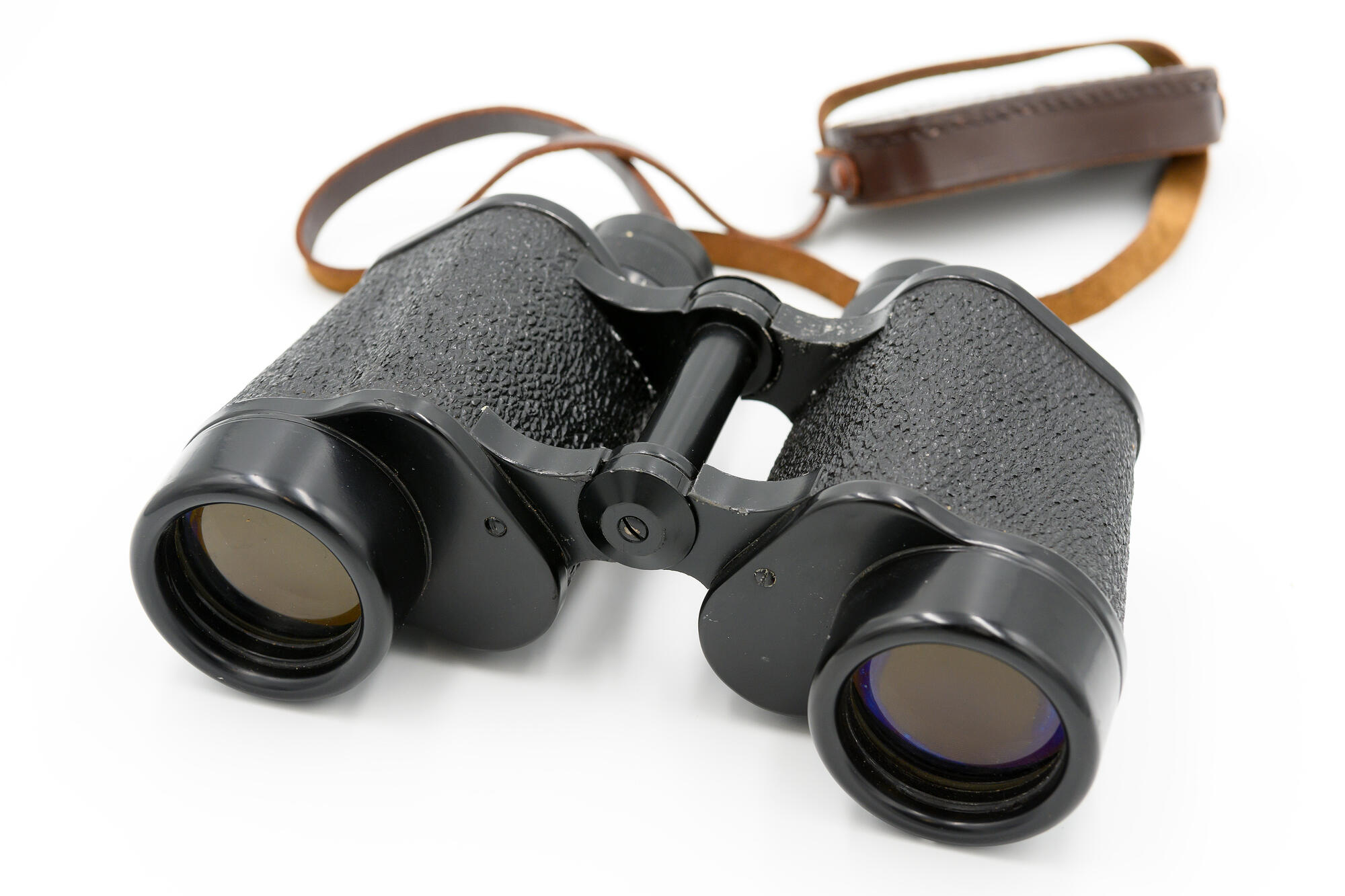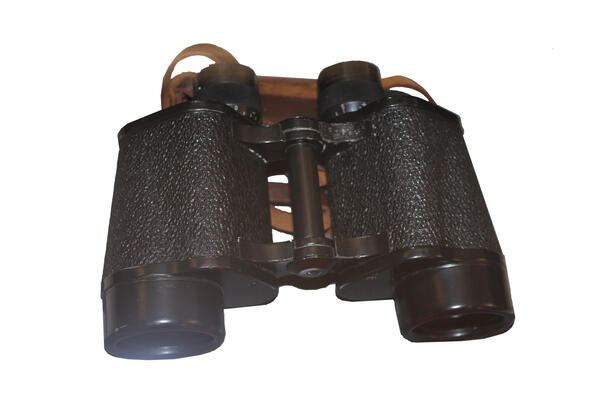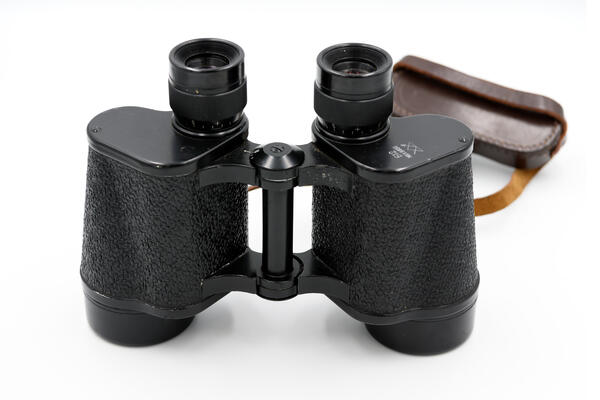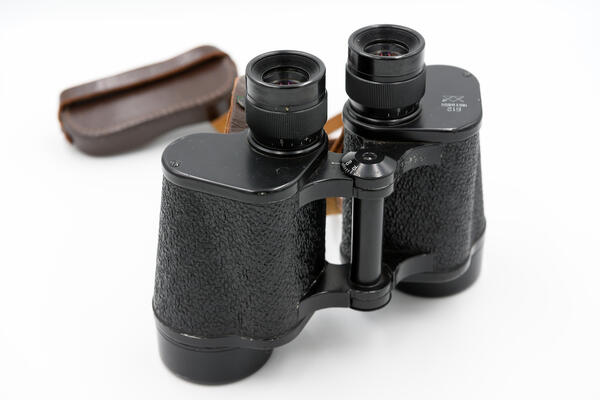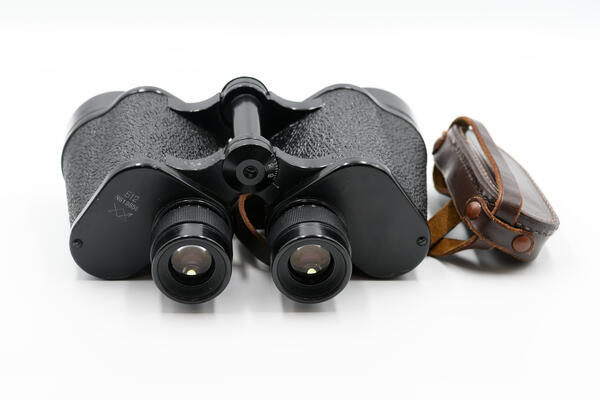The Polyarny Museum of History and Local Lore houses binoculars presented to Lev Chernavin in 1971, during his time as commander of the 161st Brigade of the 4th Submarine Squadron of the Northern Fleet.
Lev Chernavin participated in the defense of Leningrad as a sea cadet. In 1944, he enrolled at the Leningrad Naval Preparatory School, after which he entered the Caspian Higher Naval School in Baku. As an officer, Chernavin served on minesweepers — first in the Baltic, then the Northern Fleet. In 1956–1957, he served as a company commander of the Leningrad Higher Marine Engineering School named after Makarov. After graduating navigation courses in 1958, he joined the 33rd Submarine Division. In the Polyarny submarine brigade, Chernavin climbed the career ladder from commander of the combat unit to commander of the 4th squadron of submarines of the Northern Fleet.
Under the command of Lev Chernavin, the Polyarny submariners set records in voyage distance and diving depth. They also made a substantial contribution to the development of Russian science. It was Chernavin who was entrusted by the Commander-in-Chief of the Navy Sergei Gorshkov to perform the first-ever transfer of eight submarines from the 161st Brigade to the Mediterranean Sea at once. The combat service of the brigade lasted eight months.
The B12 army binoculars, similar to those on display, were produced from the early 1950s to the mid-1980s. Judging by the serial number, this particular set was produced in 1961. They have a 12x magnification and a viewing angle of 6° and are designed for searching and observing objects, measuring horizontal and vertical angles. The B12 were rarely used in trench warfare or on the front lines due to their magnification and size. Like all military binoculars, this sample has an independent focusing arrangement. They provide a sharp, clear and contrasting view.
There were three versions of
this model of binoculars produced at different times by different factories.
The presented binoculars belong to the first version. They were produced at the
Moscow Geodesy plant. The second version was produced by the Zagorsk Optical
and Mechanical Plant until 1962. The third version was issued from the early to
the mid-1980s. From 1963, factory logos were no longer placed on binoculars.
The B12s were not available in retail. They were considered binoculars for senior officers. The civilian version
of such binoculars — the BPC 12X40 — was very popular.
